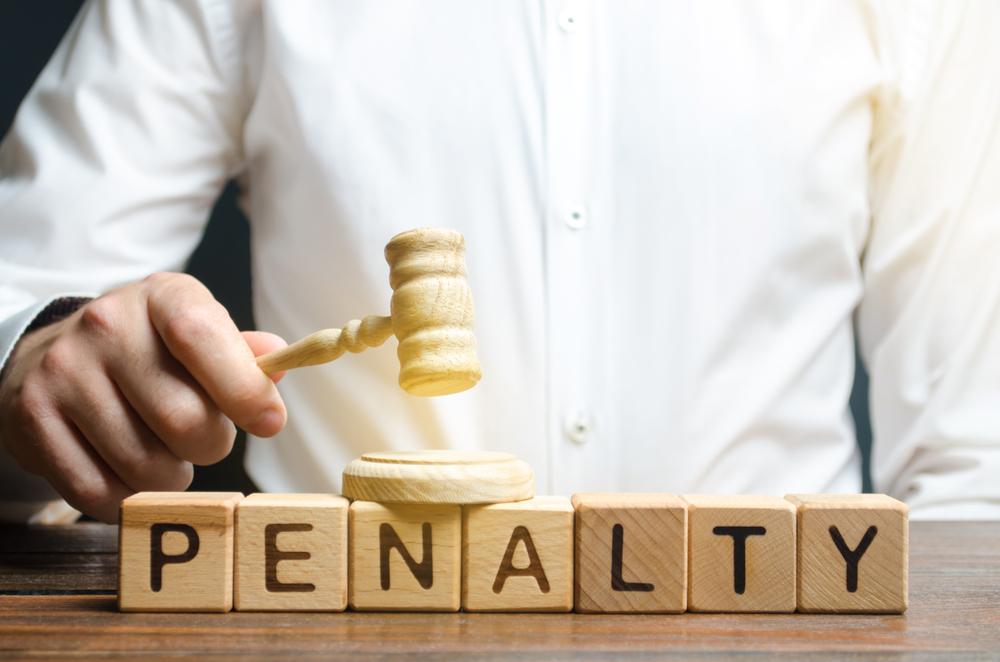New York City, with its towering skyscrapers and bustling urban landscape, is a global leader in sustainability initiatives. To further its commitment to energy conservation and reduce greenhouse gas emissions, the city introduced the NYC Benchmarking Law. This landmark legislation requires building owners and managers to monitor and report their energy and water consumption annually. In this article, we will explore the penalties for non-compliance with the NYC Benchmarking Law and shed light on its implications for the city’s sustainability goals and building owners.
Understanding NYC Benchmarking Law
The NYC Benchmarking Law, officially known as Local Law 84, was enacted in 2009 as part of the broader Greener, Greater Buildings Plan. Its primary objective is to promote transparency and accountability in energy usage among commercial and residential buildings in the city. Covered under this law are buildings larger than 25,000 square feet, encompassing a vast array of structures, from commercial high-rises to multifamily apartment buildings.
The compliance requirements are straightforward: building owners must collect energy and water consumption data annually using the EPA’s ENERGY STAR Portfolio Manager tool and report it to the NYC Department of Buildings (DOB). The DOB uses this data to calculate the building’s energy efficiency rating, making it accessible to the public. By doing so, the NYC Benchmarking Law empowers New Yorkers to make informed decisions about the spaces they inhabit, pushing the city towards a greener future.
Importance of NYC Benchmarking Compliance
The NYC Benchmarking Law plays a pivotal role in the city’s efforts to combat climate change and enhance environmental sustainability. By assessing and disclosing energy consumption data, building owners and managers gain a clearer understanding of their properties’ performance and are encouraged to take measures to improve efficiency. This data-driven approach aids in reducing the city’s overall carbon footprint and fosters a culture of responsible energy use.
Additionally, compliance with the benchmarking law contributes significantly to the city’s broader sustainability initiatives. New York City aims to reduce greenhouse gas emissions by 80% by 2050, a challenging target that necessitates the collective efforts of its commercial and residential buildings. Benchmarking provides a valuable framework for monitoring progress and identifying opportunities for energy conservation.
Penalties for Non-Compliance

Non-compliance with the NYC Benchmarking Law is not taken lightly, and building owners who fail to adhere to the reporting requirements face penalties. The process typically involves the following steps:
1. Initial Notice and Grace Period: The DOB issues an initial notice to building owners, reminding them of their obligation to benchmark their properties. The owners are given a grace period to rectify the situation before further action is taken.
2. Fines and Penalties: If the non-compliance persists after the grace period, the DOB may impose fines on the owners. The amount of the fine varies depending on the property’s size and the duration of non-compliance. For some buildings, these fines can be substantial, leading to significant financial burdens.
3. Escalating Penalties for Repeat Offenders: Repeat offenders may face increasingly severe penalties. This can include higher fines and additional compliance requirements, such as mandatory audits or energy efficiency improvements.
Common Reasons for Non-Compliance
Despite the importance of benchmarking, some building owners find it challenging to comply with the NYC Benchmarking Law. The reasons for non-compliance can vary and include:
1. Lack of Awareness and Understanding: Some building owners may not be aware of the benchmarking law or the reporting requirements. They might not understand the positive impact benchmarking can have on both their buildings and the city’s environmental goals.
2. Technical Challenges in Data Reporting: Collecting and reporting energy consumption data can be complex, particularly for older buildings with outdated systems. Inaccurate or incomplete data can hinder compliance efforts.
3. Financial Constraints: For some building owners, the perceived costs associated with benchmarking and potential upgrades deter compliance. They may be concerned about investing in energy-efficient improvements without a clear understanding of the return on investment.
Case Studies: High-Profile Non-Compliance Cases
Several high-profile cases have emerged over the years, highlighting the consequences of non-compliance with the NYC Benchmarking Law. In 2019, a prominent commercial building in Manhattan faced significant fines for failing to submit benchmarking data for consecutive years. The ensuing negative publicity and damage to the building’s reputation served as a cautionary tale for other property owners.
The impact of non-compliance extends beyond financial penalties. Buildings that fail to comply may face public scrutiny and potential tenant dissatisfaction, as environmentally conscious occupants prioritize spaces that demonstrate a commitment to sustainability.
Mitigating Factors and Compliance Assistance
Recognizing the challenges faced by building owners, the NYC DOB provides resources and support to facilitate benchmarking compliance. The department hosts benchmarking help centers and workshops, offering guidance on data collection, reporting, and best practices for energy efficiency. These initiatives aim to demystify the process and make compliance more accessible to building owners.
Furthermore, collaborating with energy service providers and benchmarking experts can help building owners navigate technical complexities and streamline the benchmarking process. Many organizations offer comprehensive services to ensure accurate data reporting and identify energy-saving opportunities.
The Future of NYC Benchmarking Enforcement
As the city continues its quest for sustainability, enforcement of the NYC Benchmarking Law may evolve. Trends in enforcement actions could include stricter penalties for repeat offenders or additional incentives for buildings that consistently demonstrate energy efficiency improvements.
Advancements in technology will also play a crucial role in simplifying the benchmarking process. Integrating smart building systems and automated data collection tools will streamline reporting and reduce the burden on building owners.
Beyond Penalties: Benefits of NYC Benchmarking Compliance

While the penalties for non-compliance are severe, building owners should also consider the numerous benefits that come with benchmarking compliance:
1. Cost Savings through Energy Efficiency Improvements: Benchmarking reveals energy waste and inefficiencies, allowing building owners to implement cost-effective upgrades that result in long-term savings on utility bills.
2. Positive Impact on Property Value and Marketability: Buildings with high energy efficiency ratings become more attractive to potential tenants and investors, enhancing property value and market competitiveness.
3. Alignment with Long-Term Sustainability Goals: Compliant buildings contribute to the city’s broader sustainability agenda, supporting New York’s position as a global leader in environmental initiatives.
Best Practices for Achieving Compliance
To achieve compliance with the NYC Benchmarking Law, building owners can adopt the following best practices:
1. Early Preparation and Planning: Start preparing for benchmarking early and establish a clear timeline for data collection and reporting.
2. Data Collection and Management Tips: Ensure accurate and comprehensive data collection by involving relevant stakeholders and utilizing automated systems where possible.
3. Leveraging Benchmarking Results: Use benchmarking data to identify opportunities for energy efficiency improvements and develop an actionable plan to achieve better performance over time.
Conclusion
The NYC Benchmarking Law is a critical component of New York City’s journey towards a sustainable and eco-friendly future. Compliance with this law is not only a legal obligation but also a proactive step towards reducing energy consumption and mitigating climate change.
Building owners and managers must recognize the significance of benchmarking compliance and the far-reaching consequences of non-compliance. By embracing the benchmarking process and implementing energy efficiency measures, they not only avoid penalties but also contribute to a greener and more resilient New York City. With the right resources and support, achieving compliance becomes an achievable and rewarding endeavor for all stakeholders involved.
Discover Vertpro.com, your trusted source for expert Commercial Energy Audit and Benchmark Compliance consultancy. As an award-winning Energy Benchmarking and Audit Consultancy, we simplify energy compliance with innovative SaaS technology-based solutions. From Energy Benchmarking to Energy Audits/RCx Plus and a cutting-edge Construction Marketplace, our services cater to Building Owners & Property Managers nationwide, ensuring adherence to over 50 Energy Benchmarking & Energy Efficiency Laws. Unlock cost savings and streamline your energy management efforts with Vertpro.com today.

